|
Last Thursday, I and my husband visited beautiful Regensburg, Upper Palatinate, Bavaria. As the skyline is dotted with spires, there's bound to be paraments. The Domschatz Museum sounded like a good hiding place. A small but very fine collection of exquisite paraments awaited us spanning the medieval to modern period. Although lighting was limited and sometimes really poor, I was able to take some good pictures. Too many to squeeze into one post. This post covers the medieval pieces and two future posts will deal with the post-medieval and modern paraments respectively. So do check back in the coming weeks if this is your cup of tea! The oldest piece on display is the so called Wolfgang Chasuble dating to the middle of the 11th century AD and made at Regensburg. Although this chasuble was never worn by St. Wolfgang of Regensburg (died 994 AD), the fact that it was attributed to him likely aided its survival. As you can see, only part of the original background fabric (a patterned blueish-purple silk) survives. However, the embroidery is in pretty good nick. Not bad for a piece of needlework that is nearly a 1000 years old! The embroidery depicts bands of alternating golden birds and quadrupeds biting into golden floral spirals. The background surrounding the animals and spirals is filled in with fine split stitches in silk thread. They used a bright blue, a grass green, white, grey and honey yellow. The split stitches surrounding the animals follow the circular flow of the spirals as well as the contours of the animal. The split stitches filling the areas between the spirals are worked more irregular. The animals are filled in by couching a single thread of very fine gold. Instead of the normal bricking pattern, horizontal lines are formed by the couching stitches. To enhance definition in the animals and spirals, a red silk thread is worked on the outlines. The embroidered bands are flanked by tablet woven bands depicting leopards and flowers. During my visit, I also came across a parament I had never seen before: a rationale from the first quarter of the 14th century made in Regensburg. It is given as a special papal distinction to bishops and was worn over the chasuble. This particular parament was inspired by the breast plates worn by the Jewish high priest. The use of the rationale mainly died out in the 13th century and today only a few bishops still wear one. This detail shows St. Jacob. His head and hands are stitched in fine split stitches with silk threads. The background consists of a myriad of geometric patterns using couching with fine gold threads of various sizes. The last piece dating to the late medieval period consists of a beautifully stitched crucifix re-used on a purple chasuble of later date. The embroidery dates to 1420 AD and was possibly made at Regensburg. It consists of gold embroidery and silk embroidery. Unfortunately, the light was so bad that detailed pictures were impossible to obtain.
The late medieval period marks a change in the liturgy and therefore in the shape and decoration of the chasuble. The Elevation of the Host before communion made it necessary to reduce the amount of fabric draped over the arms (compare the bell shape of the St. Wolfgang chasuble with the purple chasuble above). The priests also started to celebrate mass with their backs to the congregation. The back of his vestment became a large canvas for conveying the evangelion (again, compare both chasubles). The heavier embroidery called for lining. This in turn made the vestment much heavier and more solid, making it less suitable for raising the host as it trapped the arms. Born was the chasuble that leaves the arms largely free. More about that in my next post on the post-medieval paraments form the Regensburger Domschatz! Want to read more on German paraments? Karen Stolleis's book 'Messgewänder aus deutschen Kirchenschätzen vom Mittelalter bis zur Gegenwart' (2001, ISBN 9783795412548) is a real gem. Literature Hubel, A. (Ed.) (1976): Der Regensburger Domschatz. München: Schnell & Steiner.
0 Comments
Your comment will be posted after it is approved.
Leave a Reply. |
Want to keep up with my embroidery adventures? Sign up for my weekly Newsletter to get notified of new blogs, courses and workshops!
Liked my blog? Please consider making a donation or becoming a Patron so that I can keep up the good work and my blog ad-free!
Categories
All
Archives
July 2024
|
Contact: info(at)jessicagrimm.com
Copyright Dr Jessica M. Grimm - Mandlweg 3, 82488 Ettal, Deutschland - +49(0)8822 2782219 (Monday, Tuesday, Friday & Saturday 9.00-17.00 CET)
Impressum - Legal Notice - Datenschutzerklärung - Privacy Policy - Webshop ABG - Widerrufsrecht - Disclaimer
Copyright Dr Jessica M. Grimm - Mandlweg 3, 82488 Ettal, Deutschland - +49(0)8822 2782219 (Monday, Tuesday, Friday & Saturday 9.00-17.00 CET)
Impressum - Legal Notice - Datenschutzerklärung - Privacy Policy - Webshop ABG - Widerrufsrecht - Disclaimer

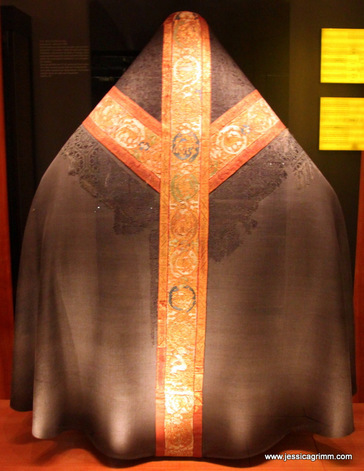
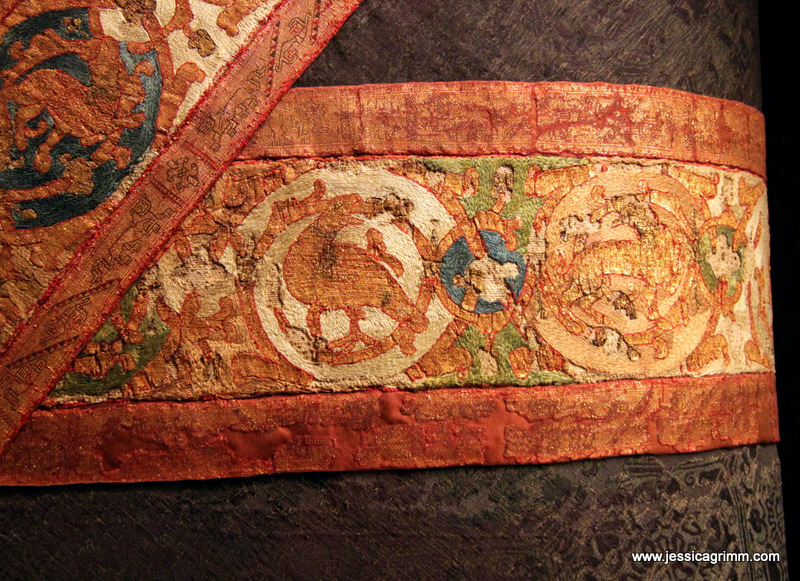

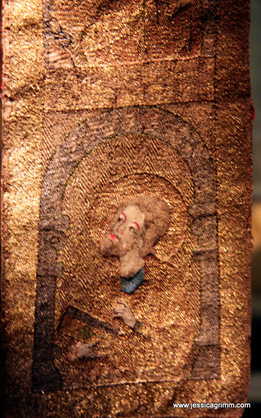
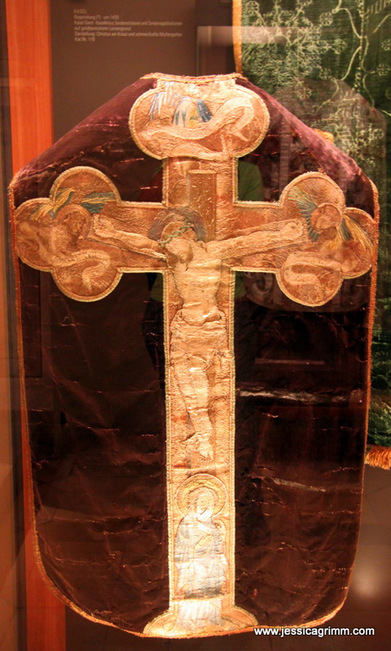
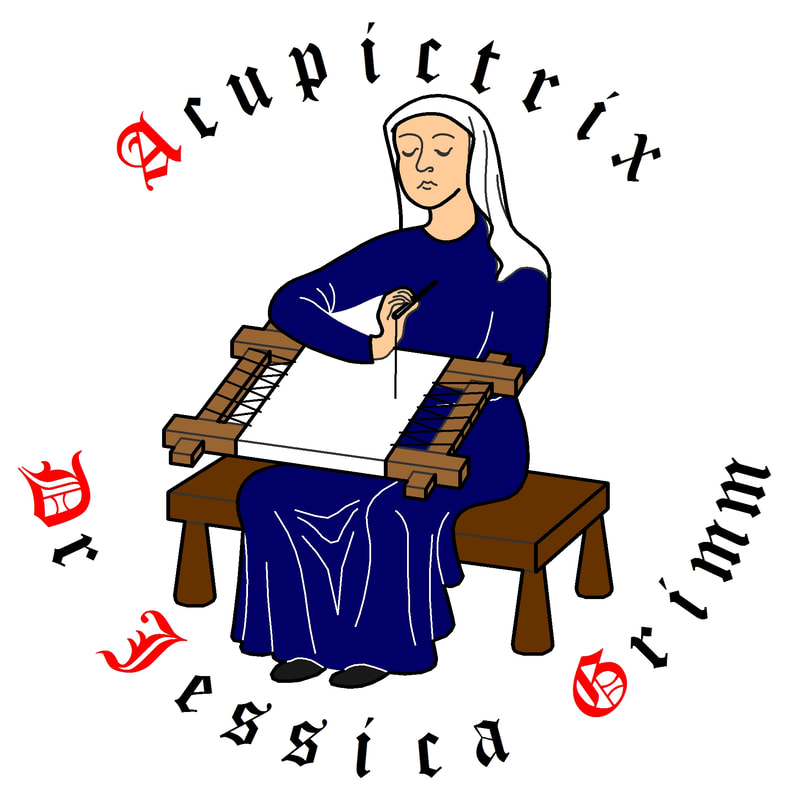


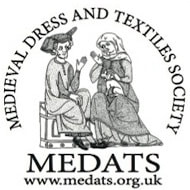
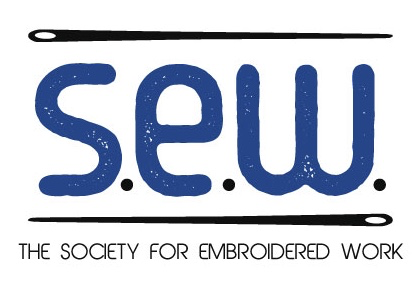
 RSS Feed
RSS Feed